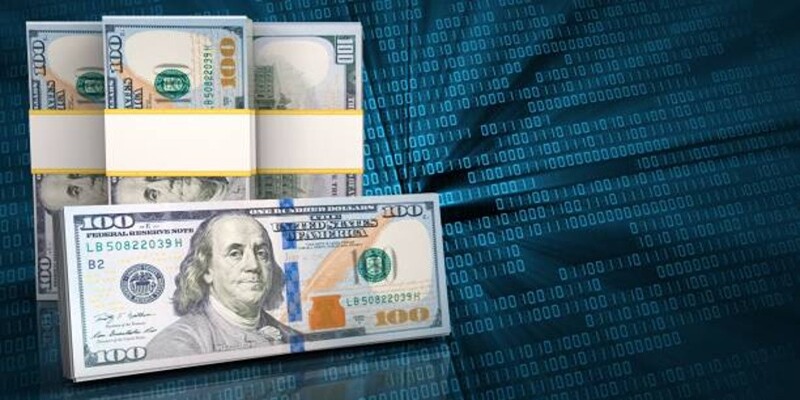
Exchange-traded funds from banks expose investors to the financial and banking industry. Banks' banking services include accepting deposits and loans, providing payment services to investment management, retirement planning, insurance, brokerage, and insurance. Apart from charging these services, banks make money by offering higher interest rates on their loans instead of the rates they charge on their customers' deposits. Bank ETFs are a method for investors to share the profits made when they invest in a variety of banks as well as other financial service companies.
Seven ETFs from banks are traded within the United States, excluding inverse and leveraged funds, as well as funds with smaller than $50 million of the assets they manage. As determined using the S&P 500 Banks Select Industry Index, the banking industry has performed better than the market overall in the last 12 months, achieving a total return of 32.3 percent compared to the S&P 500's return total of 18.6 percent in the month of Feb 3rd, 2022. According to performance over the last year and a half, the top-performing bank ETF can be found in the Invesco KBW Bank ETF (KBWB).
Invesco KBW Bank ETF
KBWB is a part of its own KBW Nasdaq Bank Index, a Nasdaq index that focuses on companies operating with U.S. banking activities. The ETF is invested at least 90 percent of the assets in stocks that comprise index. The companies that make up the KBWB portfolio include big nationwide U.S. money centers, regional banks, and thrift organizations traded publicly across the United States. KBWB is known to have greater proportions of small-cap firms in its portfolio than other banks' ETFs. KBWB's top ten holdings account for under 60% of the company's total assets. Wells Fargo & Co., PNC Financial Services Group Inc., and Bank of America Corp. are the three major holdings of the corporation.
iShares U.S. Regional Banks ETF
IAT monitors its Dow Jones U.S. Select Regional Banks Index, an index of U.S. equities in the regional bank sector. The fund is geared towards smaller and mid-sized banks. More than 87% of the assets are regional bank stocks, with the rest coming from diverse banks.
The fund is concentrated in a handful of names, with the three top holdings accounting for over a quarter of the total assets. The top three IAT holdings comprise Truist Financial Corp., and U.S. Bancorp (USB), the large regional banking holding firm.

First Trust Nasdaq Bank ETF
FTXO is part of its own Nasdaq U.S. Smart Banks Index that selects the top 30 fluid U.S. bank securities from the Nasdaq U.S. Benchmark Index and then ranks them according to values, volatility, and growth factors. The ETF is concentrated in the biggest names, with the top 10 holdings accounting for around 61% of invested assets.
How to Buy ETFs
ETFs trade with traditional brokers and also online broker-dealers. Viewing the best brokers that deal in ETFs is possible by referring to Investopedia's list of top ETF brokers. It is also possible to buy ETFs from the retirement accounts of your account. A different option for brokers is a Robo advisor like Betterment and Wealthfront, which extensively use ETFs in their investment offerings.
A brokerage account permits investors to trade ETF shares similar to how they buy stock shares. Hands-on investors may choose the traditional brokerage account those who prefer a more laid-back approach could opt for a Robo advisor. Robo-advisors typically incorporate ETFs within their portfolios, but they choose to concentrate on ETFs or stocks individually may be left to the client.

Once a brokerage account is set up, it is necessary to fund the account before placing an order for ETFs. The method of funding the brokerage account is dependent on the broker. After you have credited your brokerage account, you can look for ETFs and then make purchases and sales in the same manner as you would with stocks. One of the best methods to narrow your options for ETFs is using the ETF screener. Numerous brokers offer ETF screening tools to help to filter through the thousands of ETF options available. It is possible to look for ETFs based on one or more of the following requirements:
- Volume
- Expenses
- Performance
- Holdings
- Commissions



